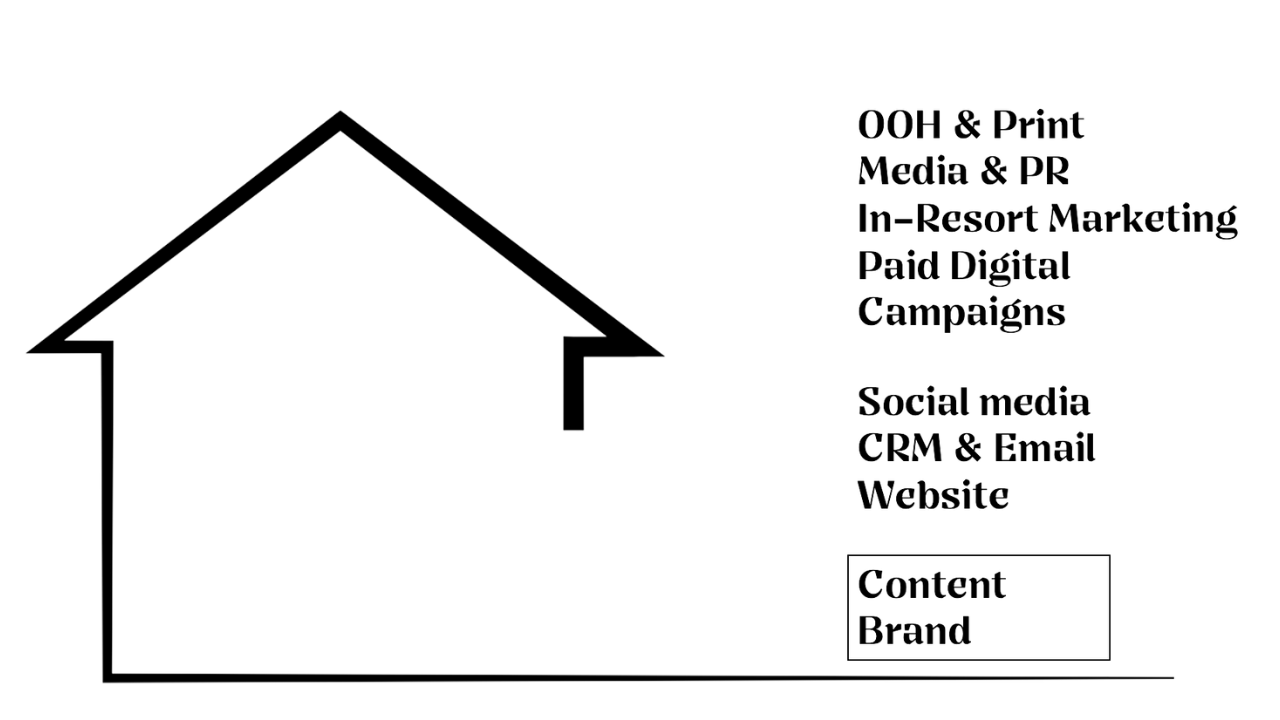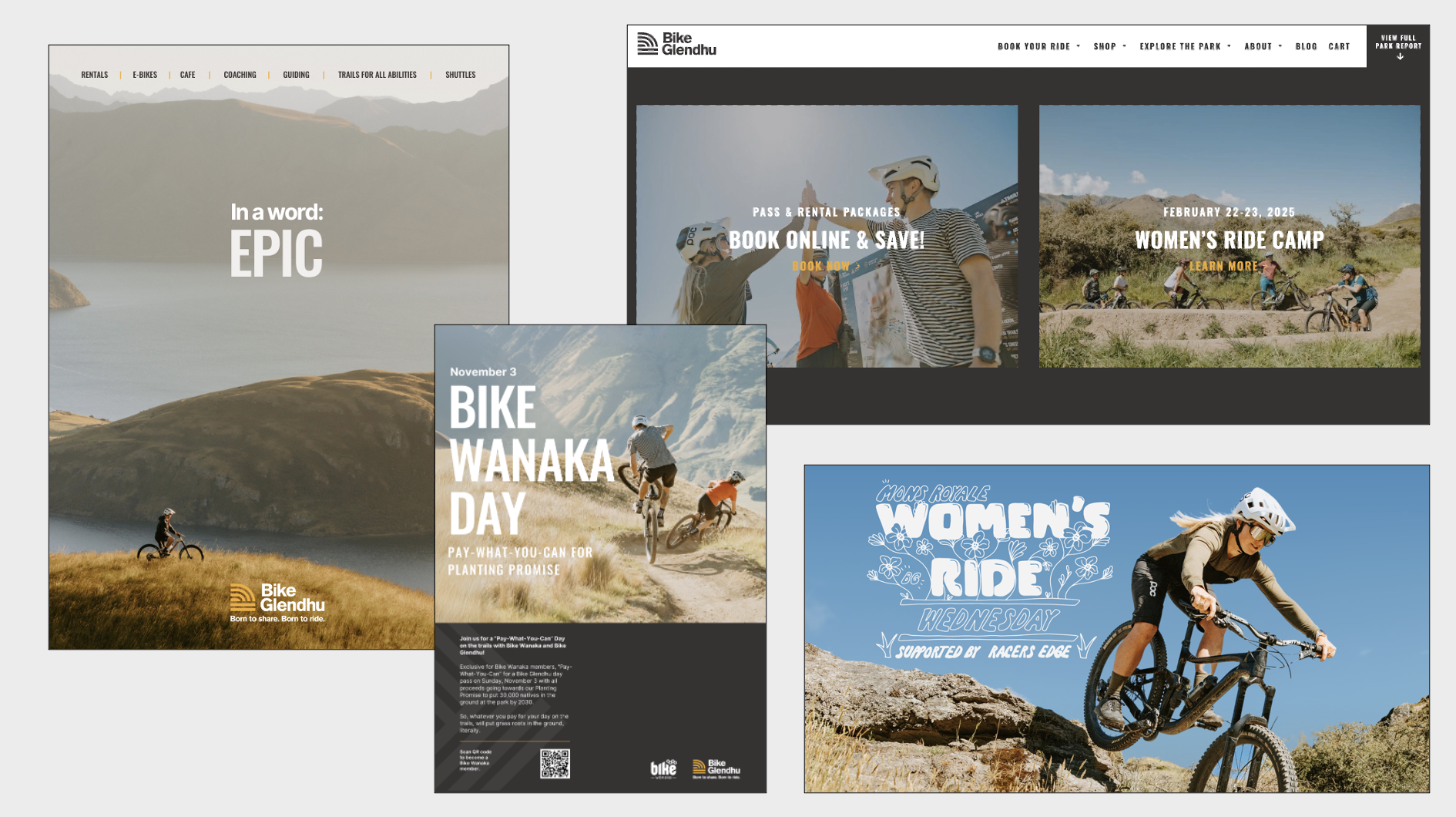Why we start with marketing “foundations” (and you should too).
Jot & Follow is not a marketing agency. We’re not going to cold-email you, promising to move your company into the top 3 on Google My Business if you spend x amount of dollars in the next three months.
We’re also not going to take your hard-earned marketing budget and pour it into Meta ads or Google campaigns on a whim, simply because you asked us to.
We’re about the big picture. We believe in doing things the right way - not just the fast way.
So before you send your dollars to the internet overlords, we’ll ask you: are your marketing foundations in order?
We’re talking about:
A product that delivers real value
A brand that connects
Content with flexibility and longevity
A website that works hard behind the scenes
Because when you have a rock-solid foundation, every tactic you layer on top - paid digital, social, print, even PR - works better.
Let’s unpack why this is so important.
First, the product.
Okay, so when you think “marketing,” usually you’ve bypassed the product. But we’re going to stop the bus here for a moment - because without product, what are we even marketing for?
Here’s the thing: we can market all day long. We can spend boatloads of money to bring you clicks, signups and maybe even conversion. But if your product doesn’t deliver, people won’t come back. And worse, they may even tell their network not to buy from you at all.
Marketing might get customers in the door - but product is a major part of what keeps them there. If your offering doesn’t meet expectation or solve a real problem, you won’t build loyalty, word-of-mouth or repeat business.
You need to pressure-test your value proposition first, before pushing it out to the world.
Now, about that foundation…
You wouldn’t build a house without first putting down a strong foundation. We believe the same goes for marketing. We believe that in order to execute all other tactics effectively, you need to first develop a strong brand and flexible content that can used across all channels for a long time.
Let’s talk brand.
A brand is not a logo. It is the perception people have of your business. And every interaction, from your website to customer service, influences that perception.
A strong, cohesive brand needs to align in two key areas:





